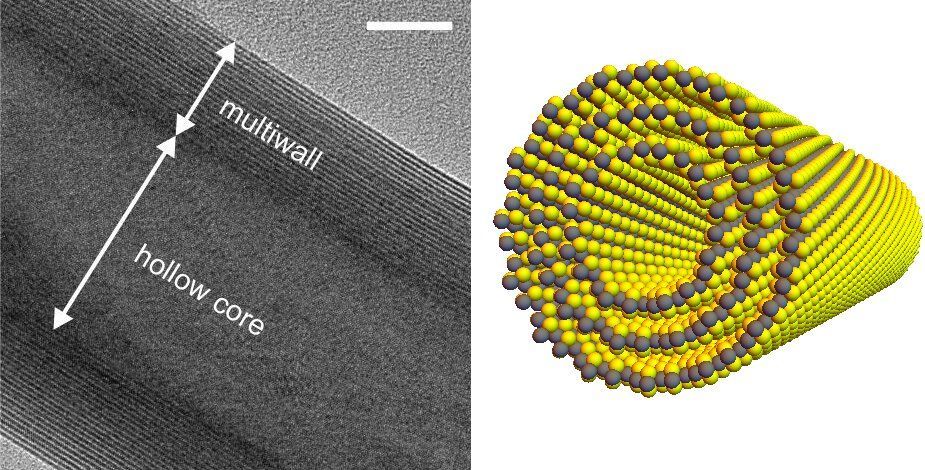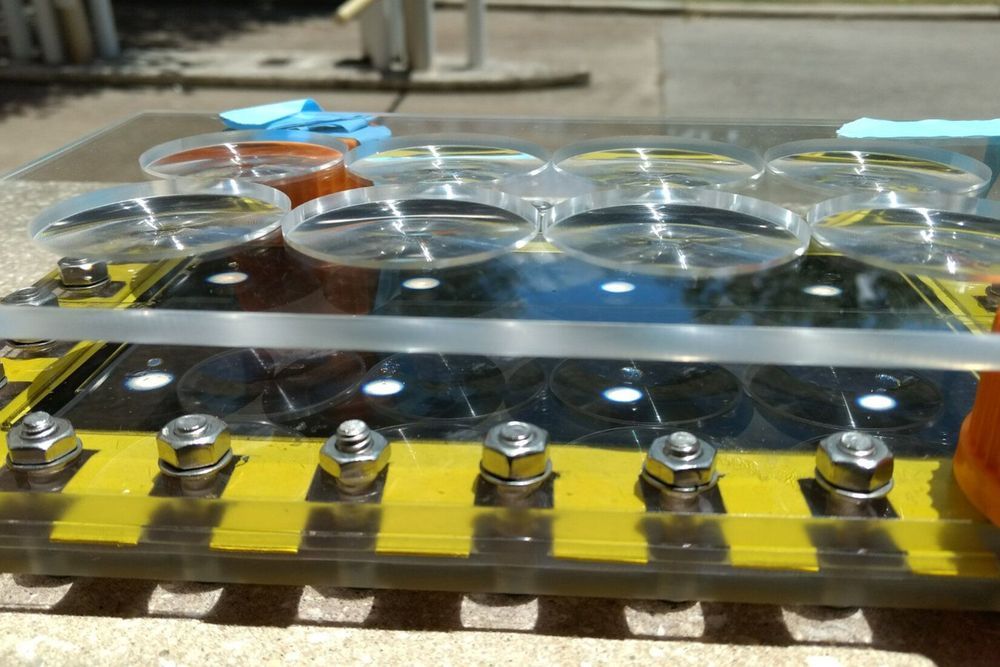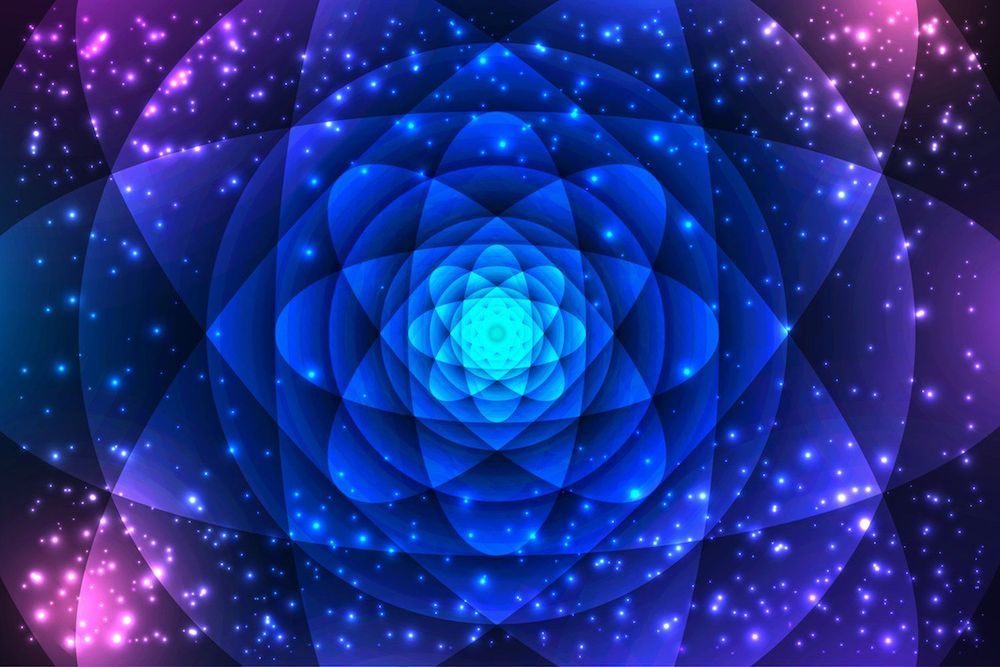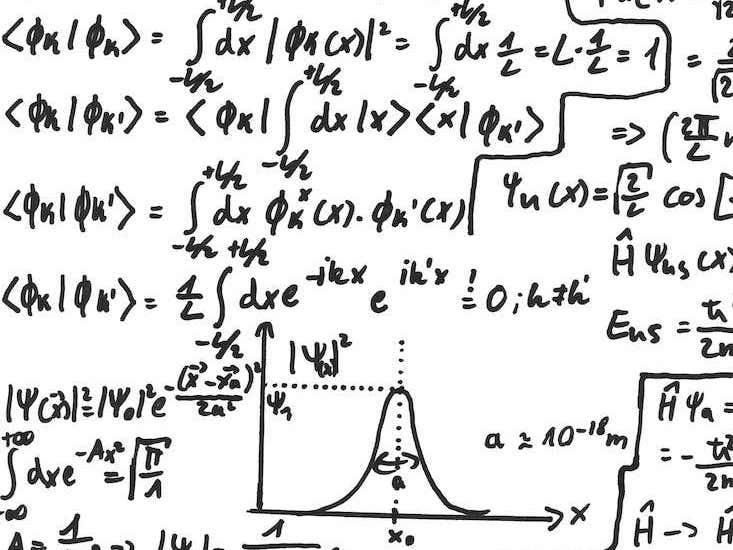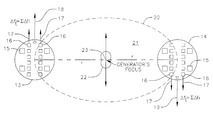Jun 19, 2019
Special nanotubes could improve solar power and imaging technology
Posted by Paul Battista in categories: computing, nanotechnology, physics, solar power, space, sustainability
Physicists have discovered a novel kind of nanotube that generates current in the presence of light. Devices such as optical sensors and infrared imaging chips are likely applications, which could be useful in fields such as automated transport and astronomy. In future, if the effect can be magnified and the technology scaled up, it could lead to high-efficiency solar power devices.
